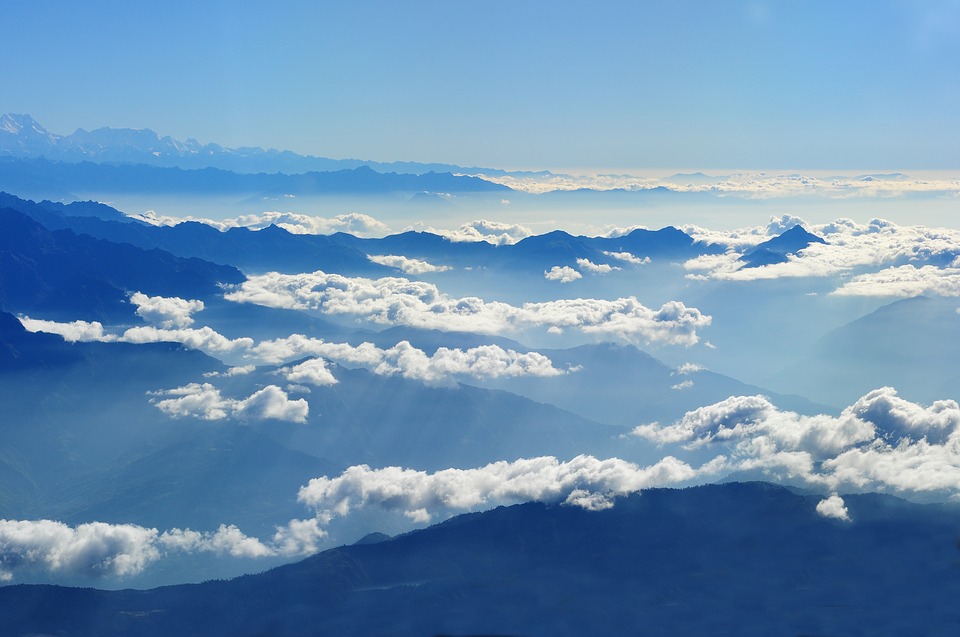


Earth Day is a time to be thankful for the role that the natural world plays in our lives. The earth has always been recognized for its beauty and associated with sacred forces in many cultures. Nearly every artwork in the Rubin Museum’s collection references the Himalayan landscape or contains motifs of animals, foliage, and other earthly symbols. The enduring connection between humans and nature is reflected in the artworks below.
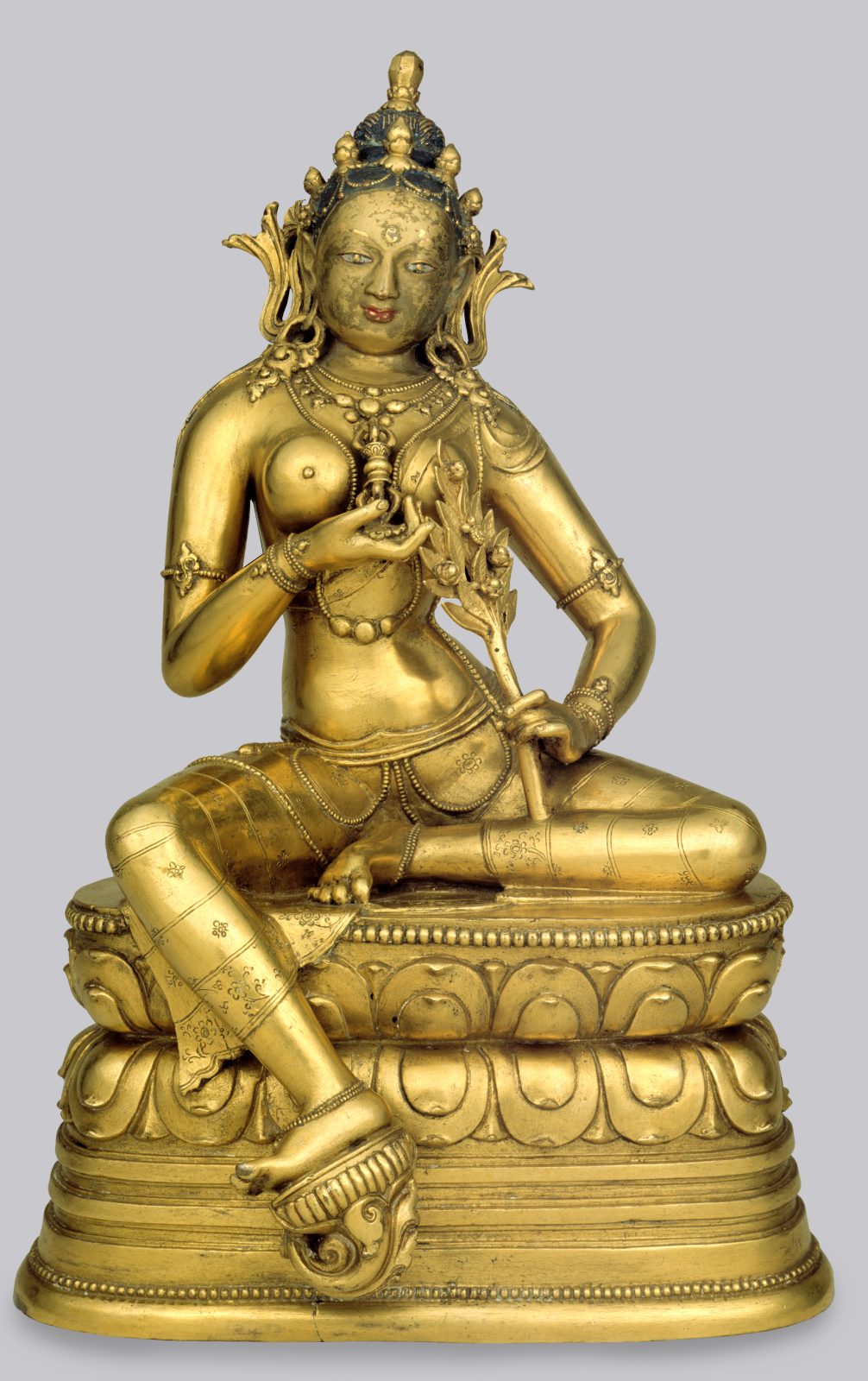
Zanabazar; Goddess of the Dawn, Marichi; Mongolia; late 17th century or early 18th century; Gilt copper alloy; Rubin Museum of Himalayan Art; C2005.16.26
Motifs like those in the image above emphasize Buddhism’s everlasting connection to the environment. Marichi, the Goddess of the Dawn, is most commonly portrayed in a chariot of the sun pulled by seven pigs, removing obstacles with her radiant light. This sculpture presents her as an Indian princess, holding a vajra—the Buddhist symbol resembling a lightning bolt—and a branch of the sacred ashoka tree, which is said to represent beauty and seduction.
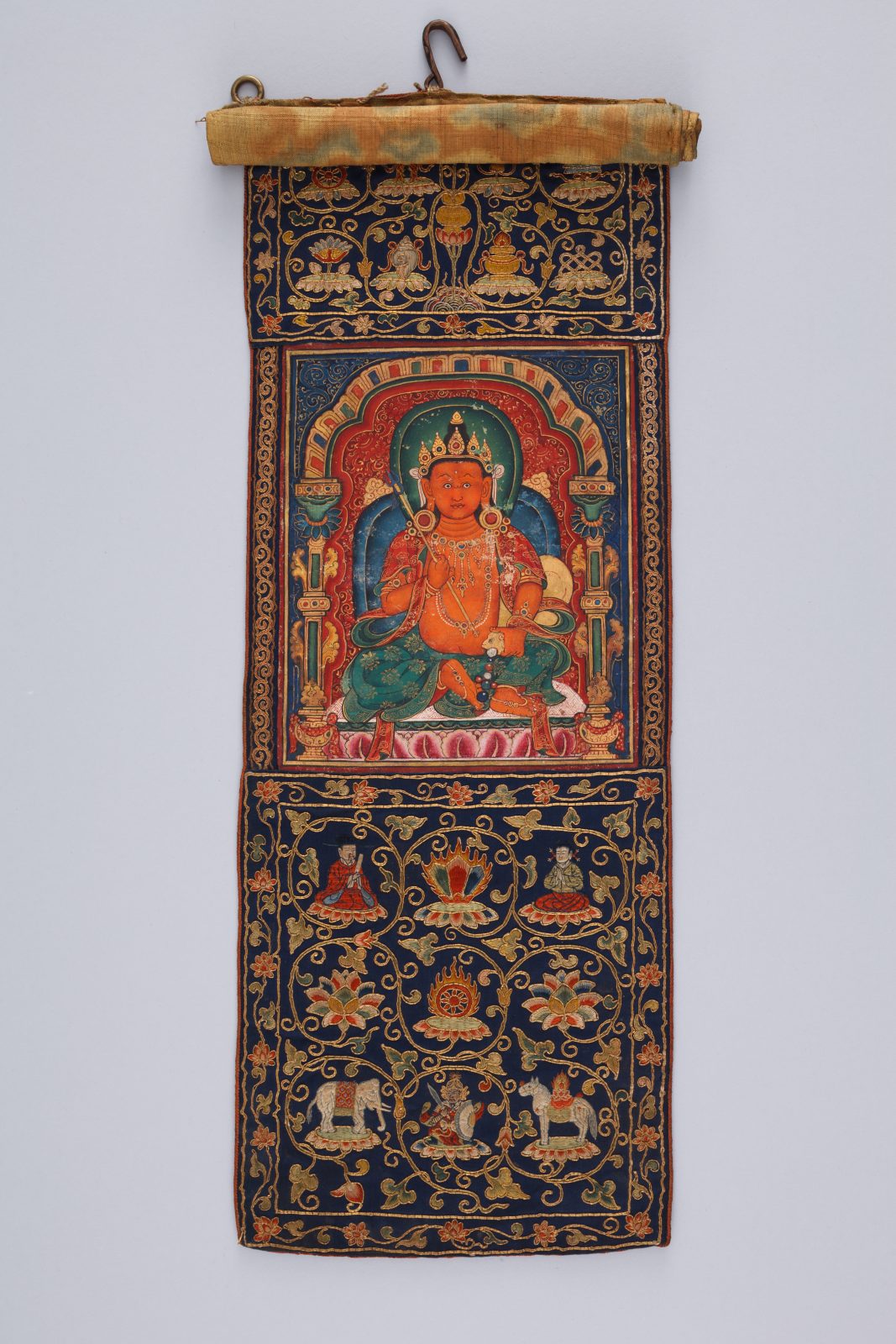
Yaksha General Anila; China; First half of the 15th century; Pigments on cloth; embroidered textile mount; Rubin Museum of Himalayan Art; C2004.4.2
The red Agni is the god of the earthly element fire and the directional guardian of the southeast. He holds a triangular fire pit and rides a goat. The embroidery of this work features other Buddhist iconography like the Eight Auspicious Symbols (dharma wheel, white conch, victory banner, lotus, golden fish, treasure vase, parasol, and endless knot) in the upper tapestry and the Seven Attributes of the Universal Monarch in the lower part (precious minister, jewel, queen, wheel, elephant, general, and horse).
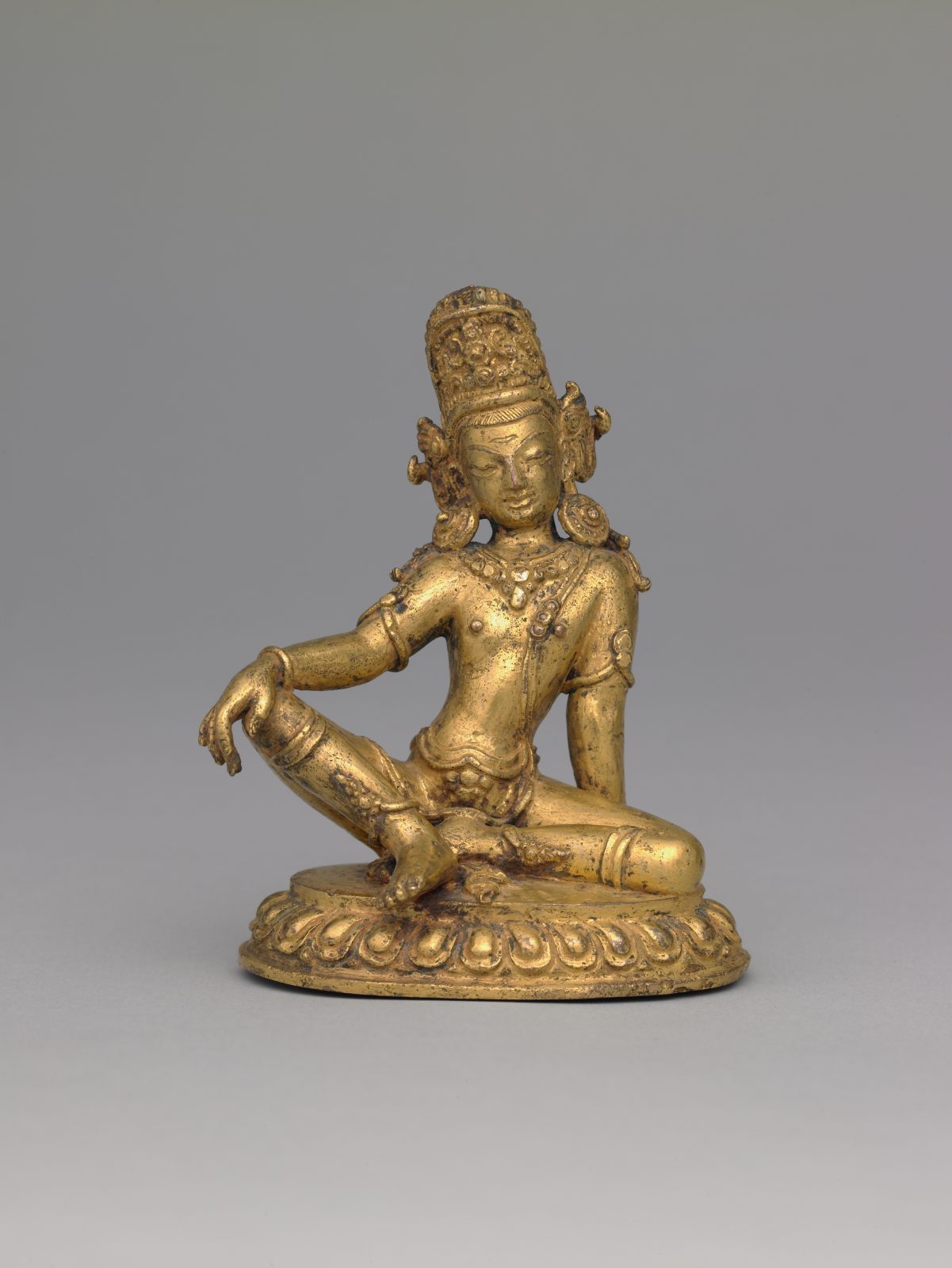
Indra; Nepal; 16th century; Gilt copper alloy; Rubin Museum of Himalayan Art; C2005.16.44
Clouds hold a special significance in Nepal because of their association to the life-bringing monsoons. In this sculpture of Indra, the Hindu king of the gods, you’ll notice an intricate cloud motif on his crown. Indra is from the ancient Indian Vedic culture, which was influenced by a largely agricultural society and is still practiced in Nepal to this day.

Mountain God Kula Kari; Tibet; 19th century; Painted terracotta; Rubin Museum of Himalayan Art; C2002.7.3
This sculpture features Kula Khari, protector of a mountain known as Lodrak, south of Lhasa near the Bhutanese border. Locals would pray to this protector god to prevent natural disasters. Here, the god rides a yak as his vehicle of choice, highlighting the unique landscape of the mountainous Himalayan terrain. The artist who created this sculpture emphasizes this environment further by cleverly using simple and pointed forms that surround Kula Khari in a staggered fashion to indicate the surrounding mountains. The disproportionate scale of these topographical contours to Kula Khari, his yak, and the architecture behind conveys the sense of a remote temple in the mountains.
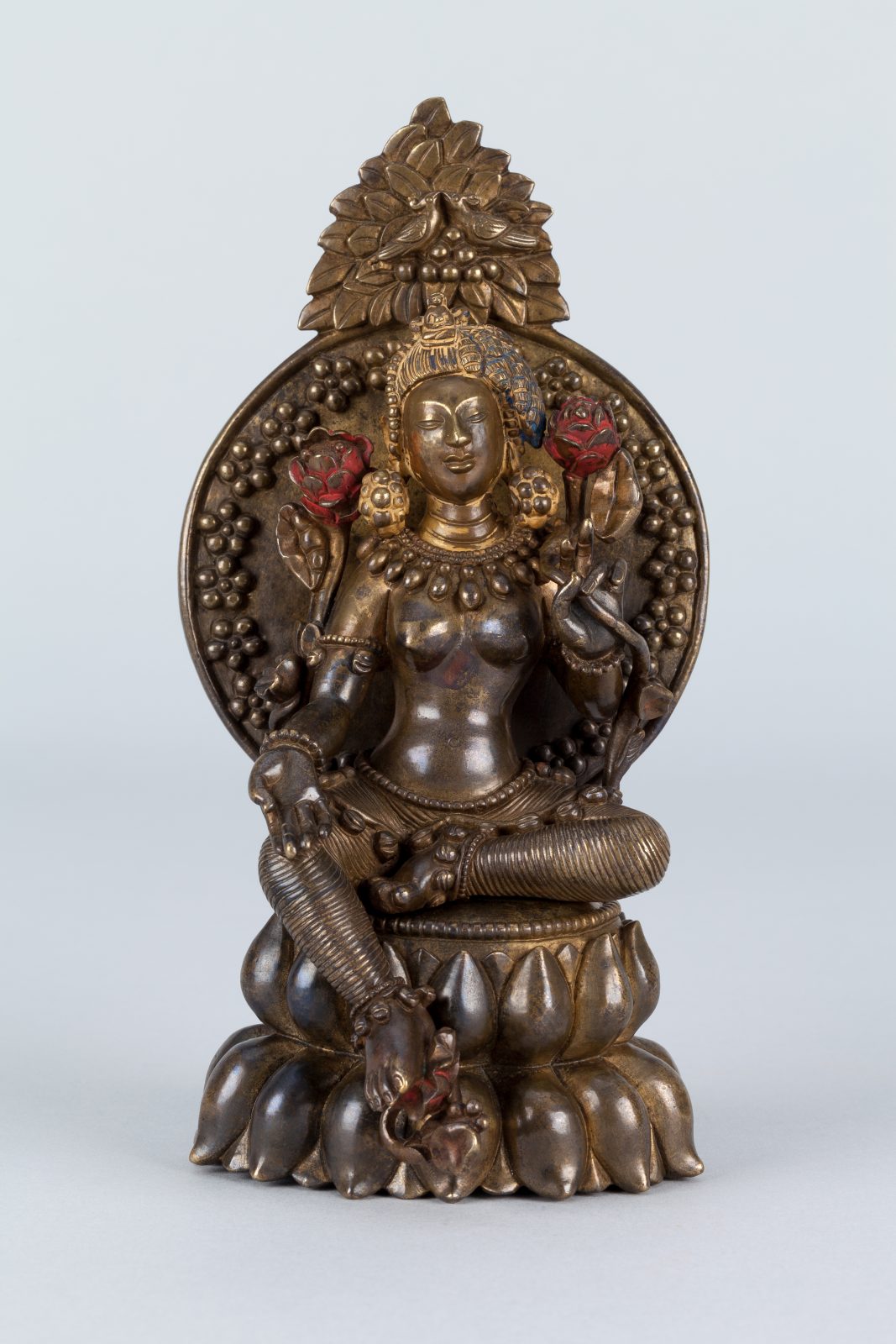
Tenth Karmapa, Choying Dorje; Green Tara; Tibet; 17th century; Brass with pigments; Rubin Museum of Himalayan Art; C2005.16.3a-b
In this sculpture of the goddess Green Tara, lush imagery of birds, flowers, and trees bloom behind her. Lotuses are among the most common symbols in Himalayan cultures. Despite the unusual style of this brass sculpture, the iconography follows age-old conventions. Seated in a posture of royal ease with a light sway and one leg hanging downward, she is supported by a branch of her lotus seat. The goddess performs the hand gesture of giving and holds the stalk of a blue lily in her left hand, which was once painted red.
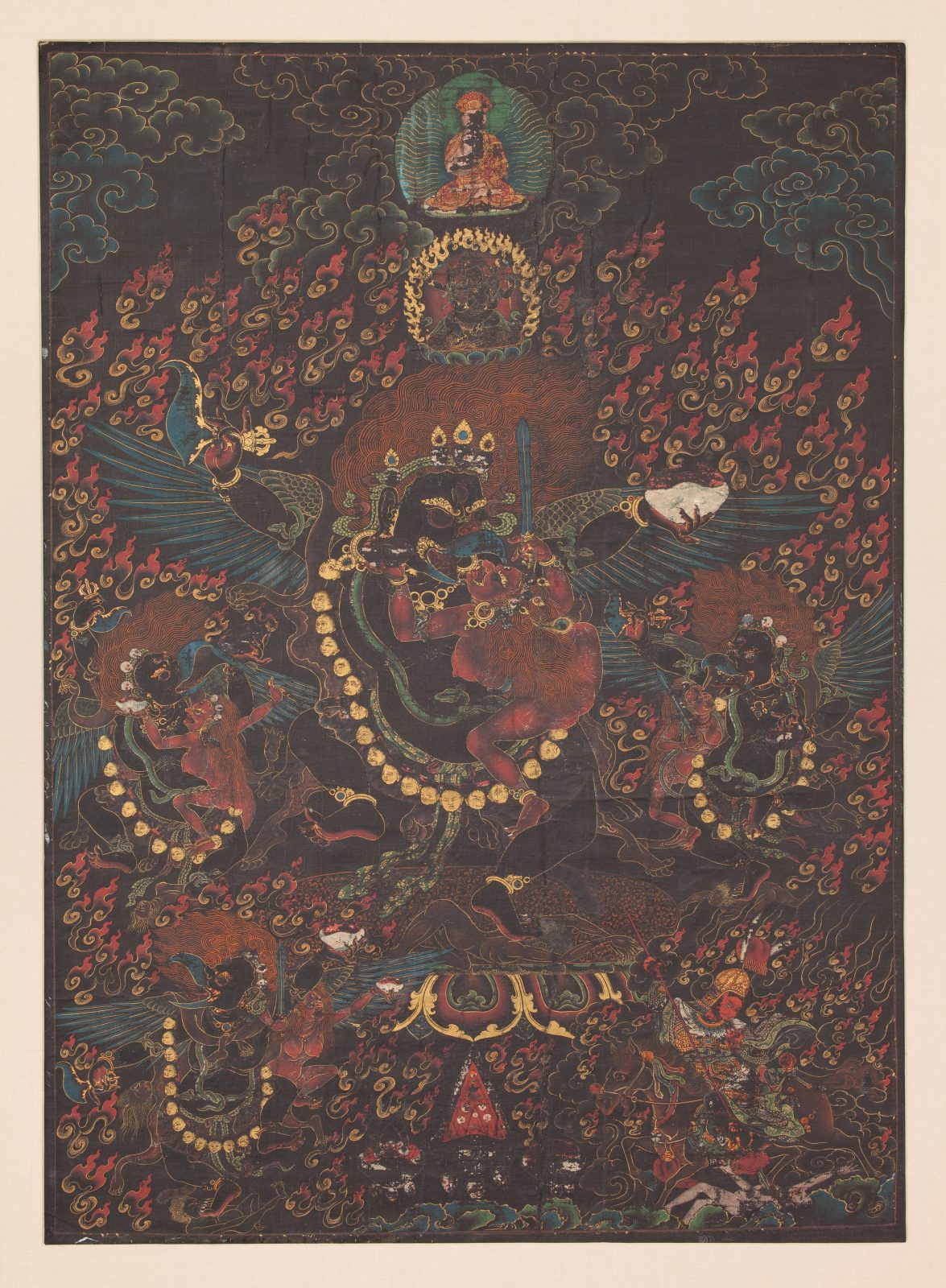
Raven-headed Mahakala; Bhutan; early to mid-19th century; Pigments on cloth; Rubin Museum of Himalayan Art; C2006.42.8
Animals and animal-related deities like Raven-Headed Mahakala are frequently depicted in Himalayan artworks. Raven-Headed Mahakala is a protective deity who became popular in Bhutan, particularly with the practitioners of the Drugpa Kagyu tradition of Tibetan Buddhism. The raven has even become a national symbol of Bhutan. The raven head of this protector deity decorates the crowns of Bhutanese kings.
Get the latest news and stories from the Rubin, plus occasional information on how to support our work.